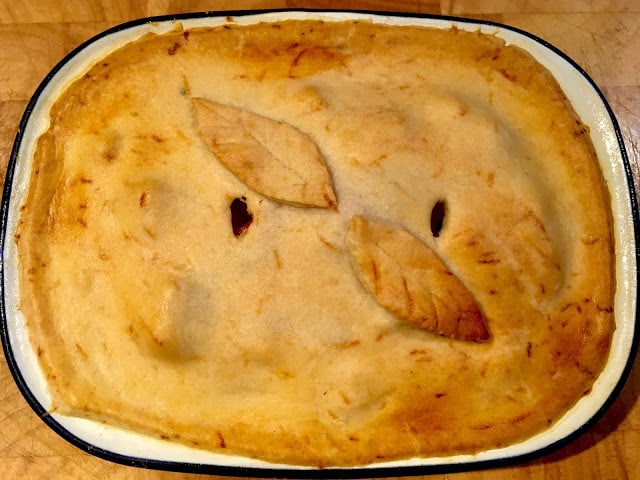We’ve all heard about food rationing during the Second World War, but how did it really impact the lives of people living in Britain?
On the 29th September 1939, the government held a National Registration Day. Every household was required to complete a form, listing the people who lived in their house. Using this information the government issued each person with an identity card and a ration book with coupons. These were handed to the shopkeeper each time rationed goods were bought, preventing shoppers from buying more than they were allowed.
So what did the weekly ration look like for the average adult?
- Bacon & Ham – 4 oz
- Other meat – about the same value of two chops
- Butter – 2 oz
- Cheese – 2 oz
- Margarine – 4 oz
- Cooking fat – 4 oz
- Milk – 3 pints
- Sugar – 8 oz
- Tea – 2 oz
- Eggs – 1 fresh egg
In addition, these extra treats could be bought.
- Sweets – 12 oz every 4 weeks
- Preserves – 1 lb every 2 months
- A tin of dried egg powder – every 2 months
Compared to modern diets, this is quite a small amount of food. But what about bread? Fearing the damage to morale that a lack of bread might cause and facing white flour shortages, The Ministry of Food and The Federation of Bakers launched The National Loaf. The bread was made using wholemeal flour, with added calcium and vitamins. Though more nutritious, it was rather dense. Many accounts describe it as tasteless and mushy.
Fruit and vegetables were never rationed, but became harder to find as the war continued. Root vegetables and potatoes were easy to grow in Britain so became the focus of the Dig for Victory Campaign. As a result, housewives were inundated with recipes to make root veg more interesting.
https://www.youtube.com/watch?v=35NpLveVZDg
One such dish was the Lord Woolton Pie. Named after the Minister of Food Lord Woolton, the pie was created at The Savoy Hotel by Maître Chef de Cuisine, Francis Latry. The recipe was met with a little cynicism, but this didn’t stop the minister from giving the pie his full backing, claiming it to be both delicious and nutritious.
If you are wondering what the Lord Woolton Pie might have tasted like, here is the original recipe for you to try. To compensate for a lack of white flour and fats, the pastry is made with wholemeal flour, mashed potato and baking powder – not unlike an Irish potato scone mixture!
Lord Woolton Pie
For the filling –
- 450g of cauliflower
- 450g of parsnips
- 450g of carrots
- 450g of potatoes
- A bunch of spring onions, chopped
- 2 teaspoons of Marmite
- Tbsp of oatmeal
- Salt and pepper to taste
- Parsley (fresh or dried)
For the pastry –
- 225g of wholemeal flour
- 115g of mashed potato
- 85g of margarine or lard
- 2 tsp of baking powder
- 2 large pinches of salt
- Splash of water if needed.
Instructions
- Roughly chop the vegetables. You are going to cook them all at the same time, so chop those that take longer into smaller pieces. Place the chopped vegetables into a pan with enough water to reach about ¾ of the way up the pan. Bring to a gentle simmer.
- Add the Marmite and oatmeal to the pan with a pinch of salt and pepper. Cook until tender and most of the water has been absorbed.
- Place the cooked vegetables into a deep pie dish and sprinkle with parsley.
- Next, make the pastry. Stir the baking powder and salt into the flour before rubbing in the margarine. Mix in the mashed potato with a fork, knead gently to form a soft dough. Use a little water if the mix is too dry.
- Roll out the pastry to form a pie crust and place on top of the filled pie dish. Brush with a little milk.
- Bake in the oven at 200C for 30 minutes, or until the top is brown.
